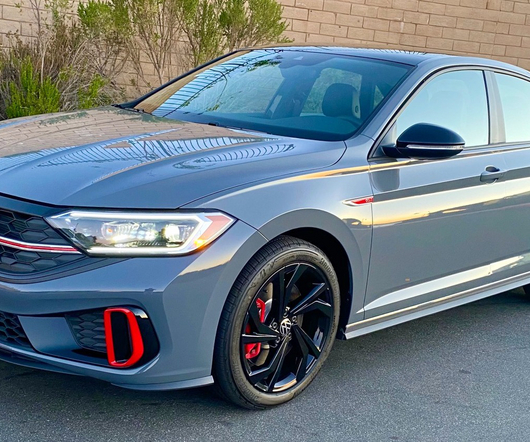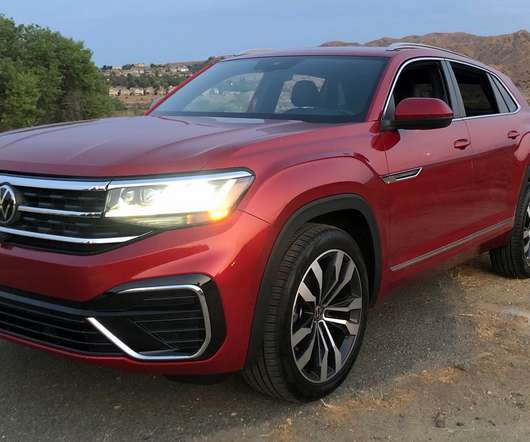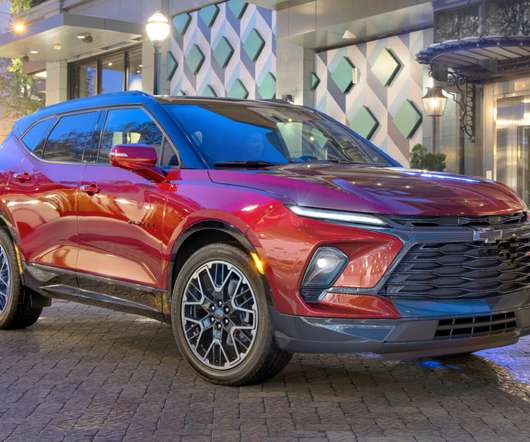Jeep Cherokee in Europe gains new 2.2L MultiJet II diesel
Green Car Congress
AUGUST 12, 2015
liter MultiJet II diesel engine, available with 185 hp (138 kW) and 200 hp (149 kW) outputs, and offering a significantly wider spread of torque from low rpm, greater power, improved performance and better fuel economy than the out-going two-liter 170 hp automatic engine. MultiJet II 200 hp reaches a top speed of 127 mph (204 km/h).






























Let's personalize your content